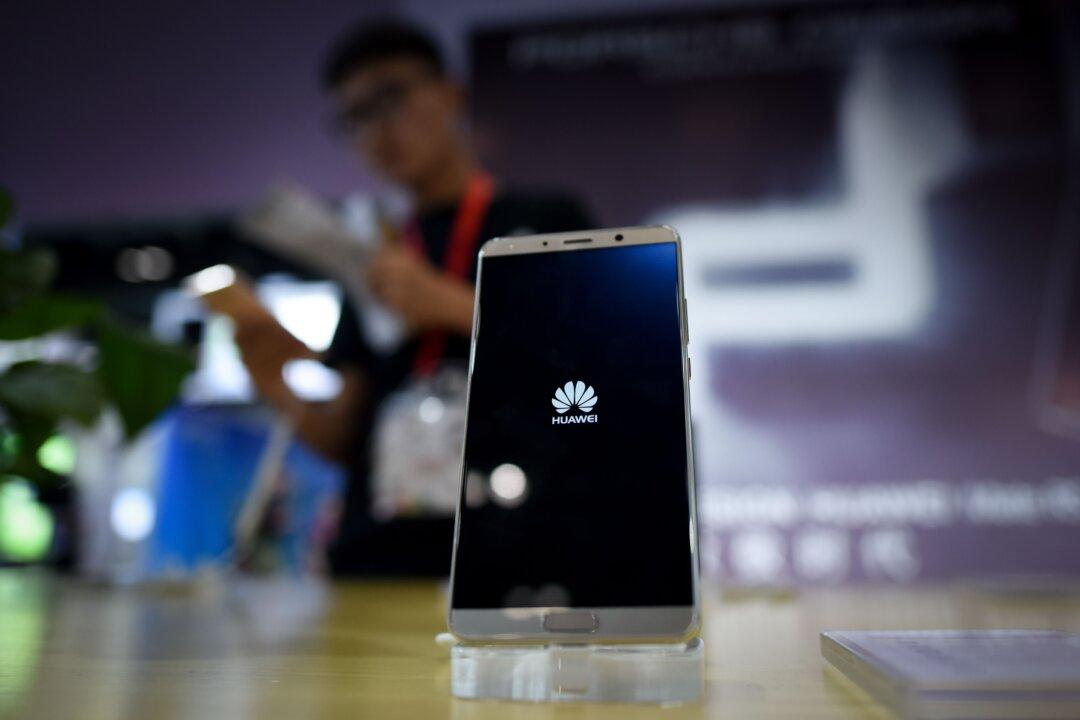The Chinese Communist Party (CCP) is pushing a goal, under the banner of sovereignty, of eliminating reliance on foreign systems within China and then ensuring Chinese-made systems dominate the global landscape.
In the push to dominate this domain, the CCP has identified core technologies, including satellite GPS, internet infrastructure, and semiconductors, with Huawei playing a key role in this agenda.





